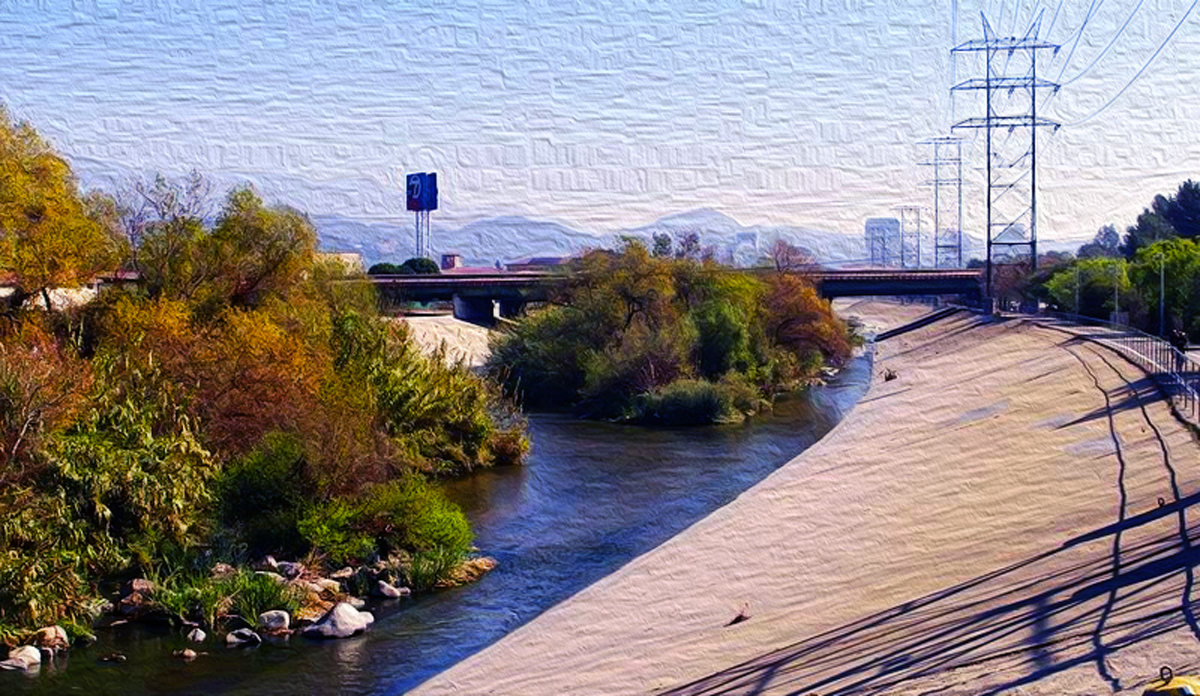Trending
LA County mulls $400M property tax for water conservation projects
Owners of large commercial properties would pay the highest amount

Los Angeles County wants to levy a property tax that could raise an estimated $400 million annually for storm water collection projects to ease the cost and environmental burden of supplying the county with water.
If officials approve it this summer, the measure could end up on November’s ballot. A similar proposal died in 2013 before it got that far.
The proposed tax would cost landowners between 3 and 4 cents per square foot of impermeable surface on their properties like driveways, parking lots, and roofs, according to the Los Angeles Times.
Owners of large commercial properties such as retail parks and shopping malls would pay the highest tax because of the large parking lots and roof areas on them, while single-family homeowners probably wouldn’t notice the hike. The Times estimates that the owner of a big box store like Costco could pay up to $14,500 a year, while a typical single-family homeowner would pay $73.
Half of the money would go toward regional projects like “spreading grounds” — large open areas that allow stormwater to percolate through to aquifers the county can later tap for use. Between 30 to 40 percent of the water used in the county is pumped from groundwater supplies, according to the Department of Public Works.
Another 40 percent would go toward projects selected by local governments. The remaining 10 percent would go to the Flood Control District, a county department that supervises flood mitigation and water conservation efforts around the county.
Property owners would have a chance to appeal the tax levied on them and apply for rebates or credits if they’ve undertaken water conservation efforts, according to the Times.
The County Board of Supervisors will hold a public hearing on the proposal at the end of June, and they have until Aug. 10 to put the measure on the Nov. 10 ballot.




